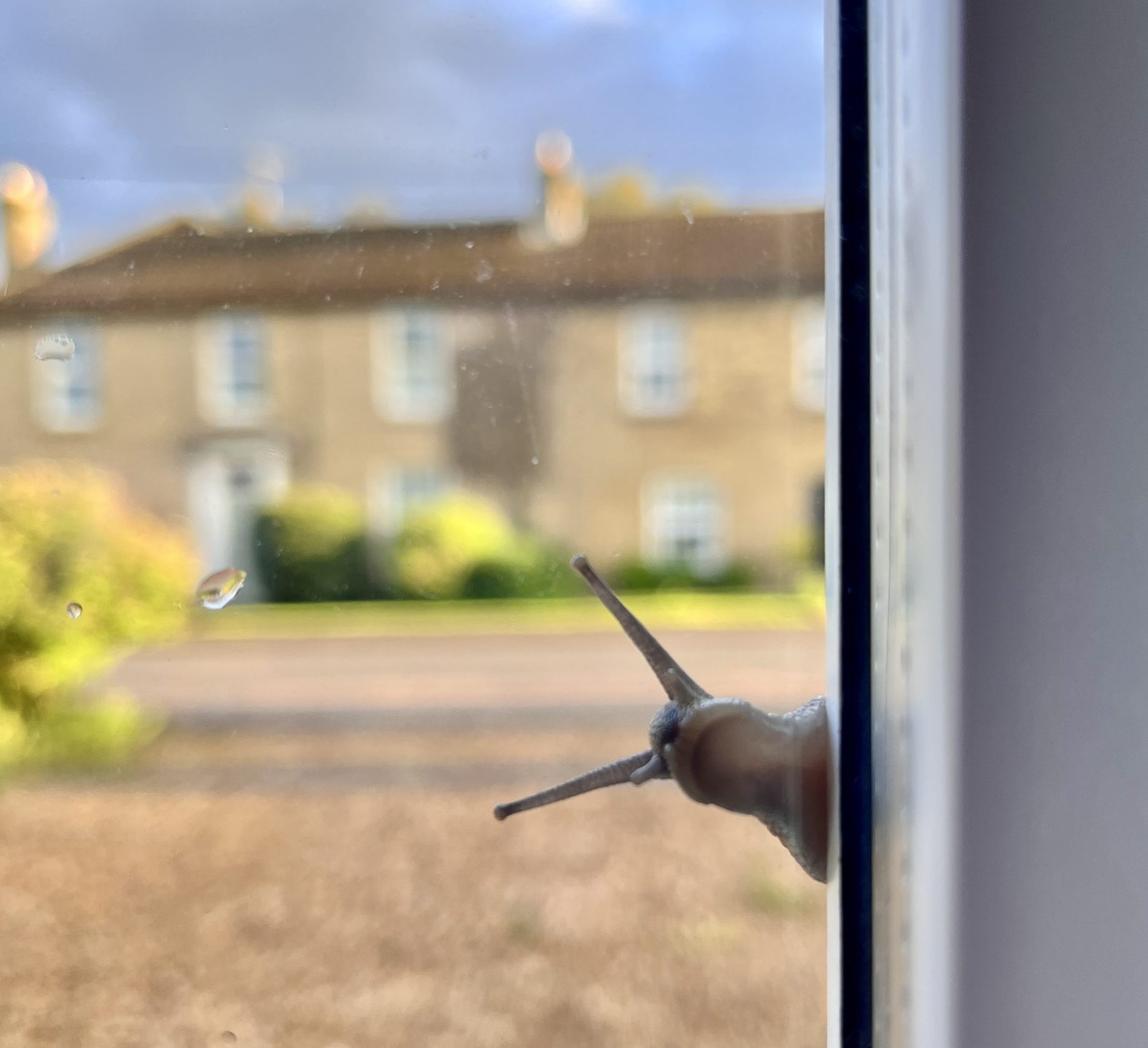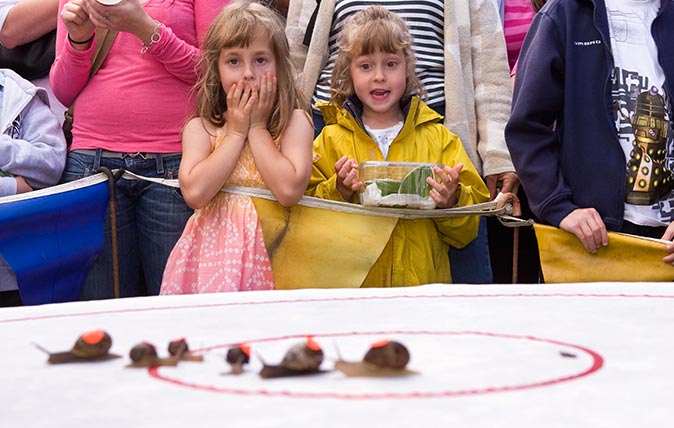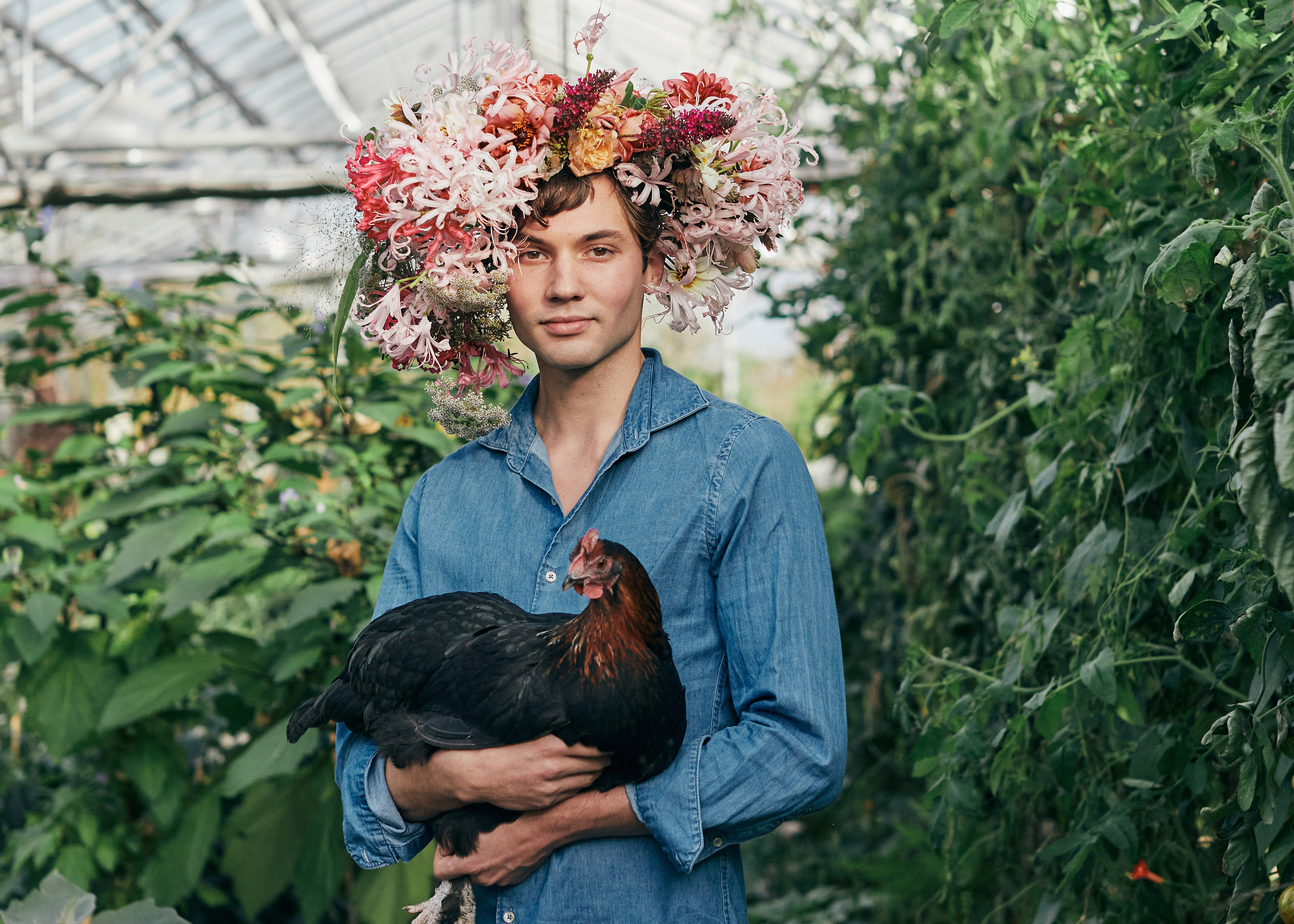Jason Goodwin: I always give the snails a flying chance at new life — but with slugs, I am merciless
It's all very well being At One with Nature, but when they start feasting on your pelargoniums, they've crossed a line says Jason Goodwin.

The Estonians are a witty lot and up to date. It took them moments to throw off the hideous weight of Soviet occupation, which ended in 1991, and then to rediscover their inner Scandinavian. They have a natural flair for modern design, fashion and architecture. The funky museum they built to hold their post-war art in Tallinn, their tiny capital, is called KUMU, which makes me smile because it’s like a Finno-Ugric version of MOMA, in New York.
At KUMU, three summers ago, I encountered an installation called Snail Mail. A dozen brown snails crept around a big tray, eating a feast of lettuce leaves, with small antennae fastened to their shells. You were invited to choose a snail by the number painted on its shell, leave an email address and wait for the snail to reach the perimeter of the tray. At the perimeter, the snail’s antenna would activate a signal and send an automated, or perhaps even personalised, message to your email.
Whether or not that constitutes art in your book, it was nice to see the snails enjoying their salad. I duly left my details, thinking about how my encounters with snails at this time of year are generally more robust. On the whole, I am merciful. I can afford to be a hurler, picking them off the phlox and chucking them over my garden walls, which give onto pasture instead of other people’s gardens. We know, of course, that snails can get their noses back in the trough surprisingly fast, but my hope is that they will fall upon some tender dandelions on the way, and stop there.
"You’d think I’d be quite popular with snails. I don’t think they really mind being chucked over the wall"
With slugs, I am merciless: a snipper. Armed with my phone light and a pair of scissors, I go out at night, not to exchange email addresses with molluscs, but to hunt them through the herbaceous border. I examine the potting table, like the scissor man from Struwwelpeter. Cut them in two and they produce a black bile that sums up their sluggy nature and I think they die instantly. You may argue that others will emerge later to fill the ranks, but I find that once you have disposed of a visible slug, draped like a snuff taker’s phlegm across the leaves of your sweet peas, his bisected corpse tends to have a demoralising effect on all the rest. You are safe for the night.
Here are the latest scores:
- Salvia 0, Slugs 2
- Thyme 1, Slugs 1
- Pelargoniums 3, Snails 0
- Misticanza 1, Slugs 1
Most of the natural weapons that take the fight to these gastropedal enemies of horticultural promise don’t really work. Coffee grounds and broken eggshells are meat and drink to the gelatinous monopod. I’m told that two heads of garlic boiled in water that is cooled and then sprayed onto the threatened foliage works as a powerful repellent, except when it rains.
Ducks are useful. My friend Simon Tiffin, the man who puts the T into G&T Garden Tours, which we set up last year to discourage people from visiting the Cotswolds in favour of the more recherché delights of the West Country, has an elegant formal pool framed by a forest of immaculate hostas, neither nibbled nor pinked by slug or snail. He points to the army of shy and helpful frogs quartered in his pond, who issue forth at night to feast on the unwary bellyfeet.
Sign up for the Country Life Newsletter
Exquisite houses, the beauty of Nature, and how to get the most from your life, straight to your inbox.
You’d think I’d be quite popular with snails. I don’t think they really mind being chucked over the wall and they should know I won’t use slug pellets, on principle. Yet, three years on, I still haven’t received a single message from Estonia. That, I think, is the trouble with modern art.

Ready, steady, SLOW! The wonderfully eccentric (and very British) world of competitive snail racing
Summer in the British countryside brings with it all sorts of unusual events and celebrations – and they don't get any

Arthur Parkinson: 'It’s a crime that we have forsaken our wildflower meadows for petrol lawnmowers and Flymos'
-
 'To exist in this world relies on the hands of others': Roger Powell and modern British bookbinding
'To exist in this world relies on the hands of others': Roger Powell and modern British bookbindingAn exhibition on the legendary bookbinder Roger Powell reveals not only his great skill, but serves to reconnect us with the joy, power and importance of real craftsmanship.
By Hussein Kesvani
-
 Spam: The tinned meaty treat that brought a taste of the ‘hot-dog life of Hollywood’ to war-weary Britain
Spam: The tinned meaty treat that brought a taste of the ‘hot-dog life of Hollywood’ to war-weary BritainCourtesy of our ‘special relationship’ with the US, Spam was a culinary phenomenon, says Mary Greene. So much so that in 1944, London’s Simpson’s, renowned for its roast beef, was offering creamed Spam casserole instead.
By Country Life